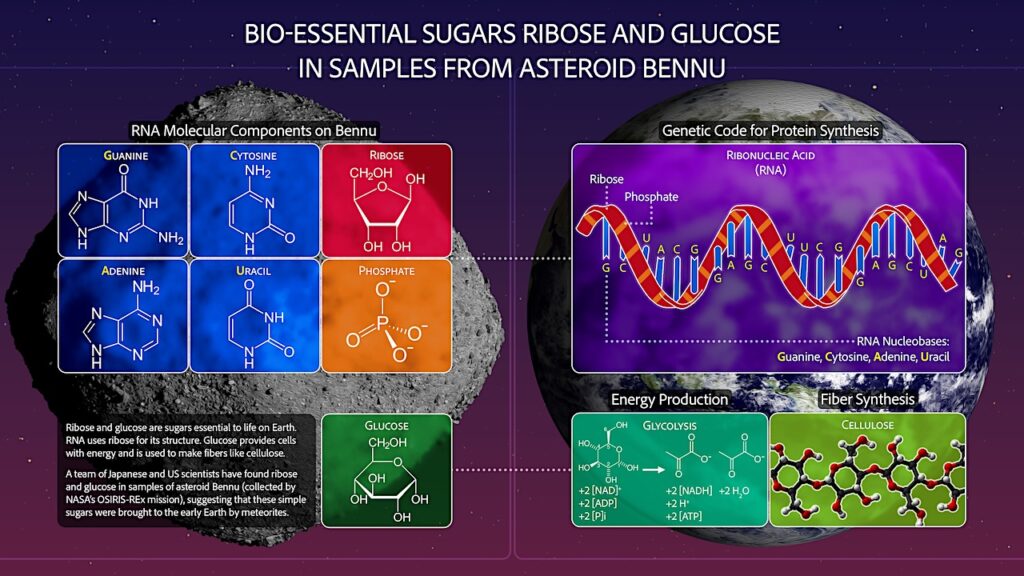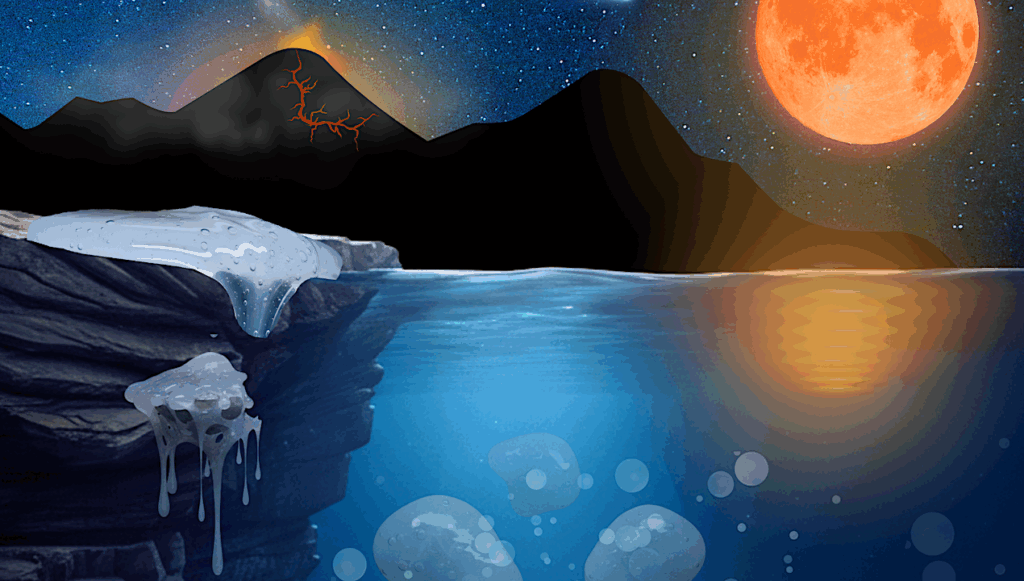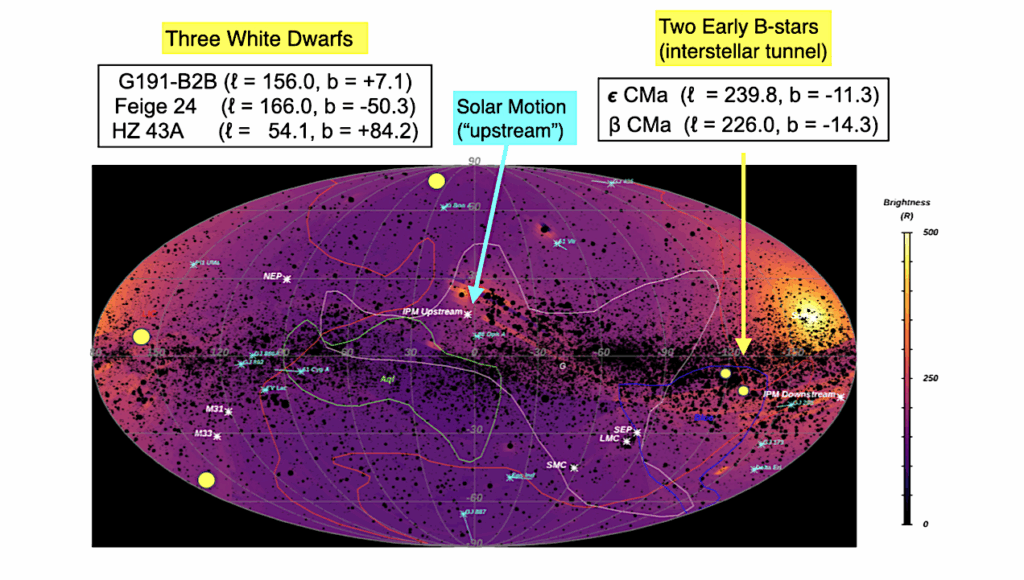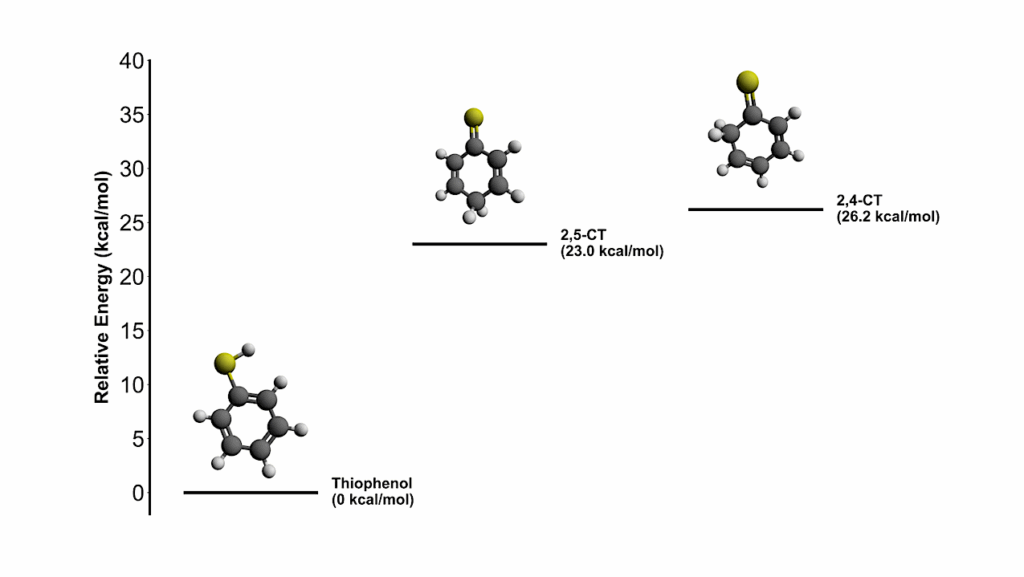The Correlation Between Dust and Gas Contents in Molecular Clouds
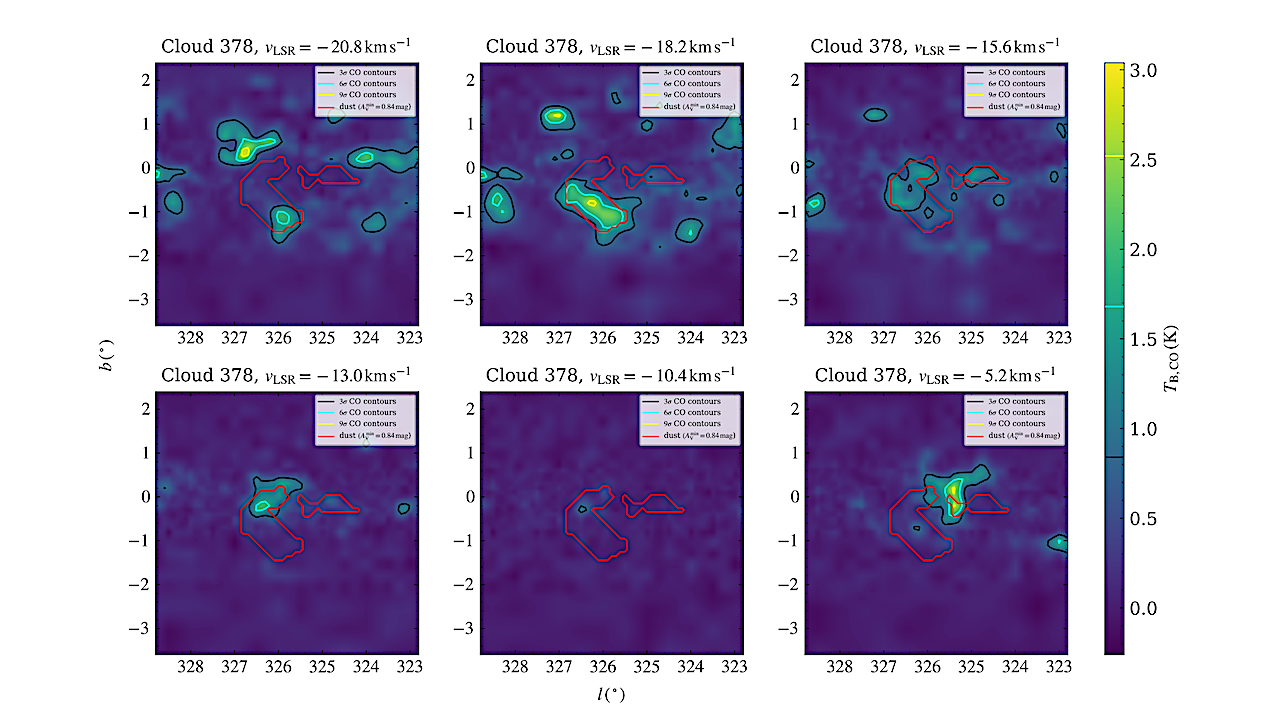
Molecular clouds are regions of dense gas and dust in space where new stars and planets are born. There is a strong correlation between the distribution of dust and molecular gas in molecular clouds.
The present work focuses on the three-dimensional morphological comparisons between dust and gas within 567 molecular clouds identified in previously published catalog. We confirm a sample of 112 molecular clouds, where the cloud morphology based on CO observations and dust observations displays good overall consistency.
There are up to 334 molecular clouds whose dust distribution might be related to the distribution of gas. We are unable to find gas structures that correlate with the shape of the dust distribution in 24 molecular clouds.
For the 112 molecular clouds where the dust distribution correlates very well with the distribution of gas, we use CO observational data to measure the physical properties of these molecular clouds and compare them with the results derived from dust, exploring the correlation between gas and dust in the molecular clouds.
We found that the gas and dust in the molecular clouds have a fairly good linear relationship, with a gas-to-dust ratio (GDR) of GDR=(2.80+0.37−0.34)×1021cm−2mag−1. The ratio varies considerably among different molecular clouds. We measured the scale height of dust-CO clouds exhibiting strong correlations, finding hZ=43.3+4.0−3.5pc.
Rui-Zhi Li, Bing-Qiu Chen, Guang-Xing Li, Bo-Ting Wang, Hao-Ming Ren, Qi-Ning Guo
Comments: 23 pages, 13 figures and 2 tables. The database is accessible at this https URL . Accepted for publication in AJ
Subjects: Astrophysics of Galaxies (astro-ph.GA)
Cite as: arXiv:2409.02057 [astro-ph.GA](or arXiv:2409.02057v3 [astro-ph.GA] for this version)
https://doi.org/10.48550/arXiv.2409.02057
Focus to learn more
Submission history
From: Rui-Zhi Li
[v1] Tue, 3 Sep 2024 17:05:48 UTC (4,357 KB)
[v2] Wed, 4 Sep 2024 08:33:20 UTC (4,357 KB)
[v3] Thu, 5 Sep 2024 15:20:33 UTC (4,337 KB)
https://arxiv.org/abs/2409.02057
Astrobiology, Astrochemistry,


